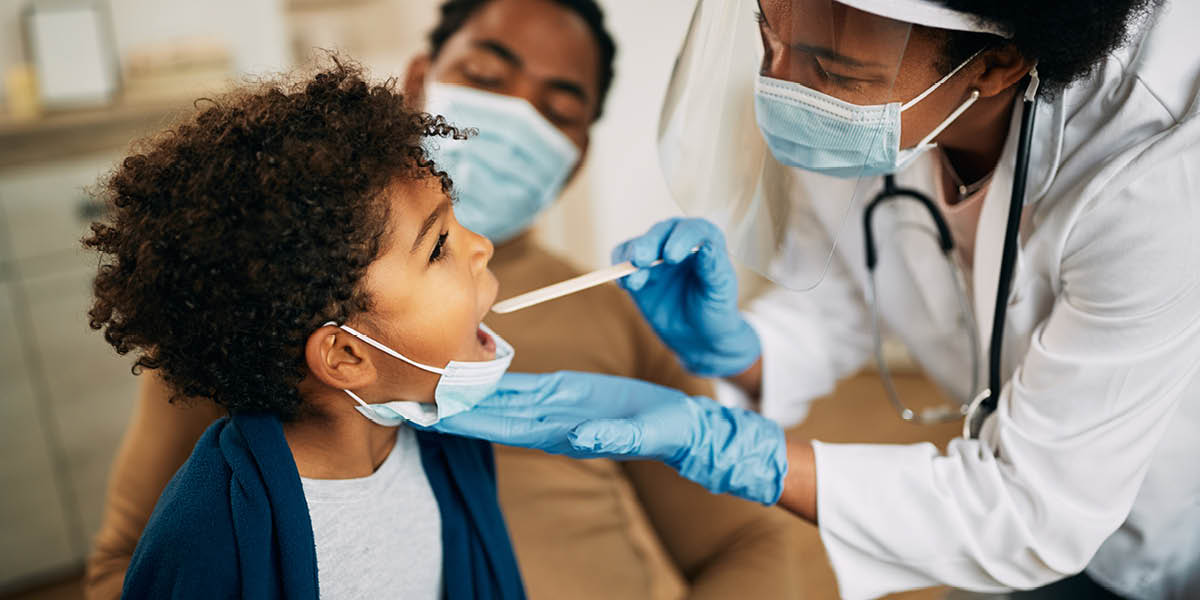-
Media Use and Youth--For Those 12-17 Years of Age
Official Title Media Use and Youth--For Those 12-17 Years of AgePurpose
Researchers want to learn how teens use technology like TV, the internet, video games, and music. The study examines children’s use of media on a daily basis over two weeks.
Your child and one parent will meet with researchers two times on campus. Your child will answer some questions during those meetings. The first meeting will be for about 2 hours and the second meeting will be for about 30 minutes. Over a two week period between those meetings, the child will report daily on activities using a tablet supplied by the study.
Could this study be right for you?
- Ages 12-17 accompanied by one parent or guardian
Age Range
12 and up -
A Study to Better Understand Fainting--The ENCHANT Study--seeking healthy 12-20 year olds
Official Title Electrographic and Neurohormonal Characteristics of Adolescent Nausea during Tilt Table Testing, The ENCHANT StudyPurpose
Researchers are looking for healthy young volunteers in order to understand what happens when someone faints. They want to know about changes in children and teenagers who frequently faint, and compare those who faint to healthy people who do not normally faint.
Researchers want to learn more about what happens to the brain and the stomach when people faint. The electroencephalogram or EEG measures brainwaves. The electrogastrogram or EGG records stomach electrical activity. The goal of this study is to measure how gastric electricity changes during fainting. They will use the EEG to confirm that fainting happened. Researchers will compare results of those who are healthy to patients who faint.
Some individuals with fainting or frequent lightheadedness can have excessive nausea. This is'orthostatic nausea', which means nausea with standing. The purpose of this study is to measure hormones from the blood and electrical changes in the stomach during tilt-table testing in patients and healthy controls. Researchers hope to identify the physiologic changes that lead to orthostatic nausea.
Could this study be right for you?
- Ages 12-20
- No prior fainting or frequent dizziness/lightheadedness
- No prior anxiety or depression
- No medicines that can affect dizziness/lightheadedness
- No difficulties with nausea or abdominal pain
- Normal weight
Age Range
12 and up -
Child Attitudes and Behaviors Study
Official Title Child Attitudes and Behaviors StudyPurpose
The purpose of this study is to examine the effects of parental presence on child task performance (puzzles, drawing, etc.).
Could this study be right for you?
- children between the ages of 8--12 AND his/her parent or guardian
Age Range
8 and up -
Biomarkers of Sickle Cell Lung Disease -BOLD
Official Title Biomarkers of Sickle Cell Lung Disease -BOLDPurpose
This is a study to determine risk factors for developing lung disease in children with sickle cell disease (SCD). Specifically we are researching factors that lead to the development of Acute Chest Syndrome, a pneumonia-like illness that affects many children with SCD.
Could this study be right for you?
- Diagnosis of Sickle Cell Disease (SCD)
- Under the age of 19
-
Oral Bacteria Transmission from Mother to Child (Seeking Mothers with Adopted Children)
Official Title Contribution of Genetics to Oral Bacterial Transmission from Mothers to Babies: a Study of Biologic and Adoptive Mother-Child DyadsPurpose
The purpose of this study is to determine how young children get normal mouth bacteria and how it might be passed from mother to child. Researchers want to compare the adoptive mother-child pairs with biologic mother-child pairs to see how closely the bacteria of each set of mothers match those of their children.
Could this study be right for you?
You are eligible for this study if:
- You are a mother with a child who was adopted at birth and is now between the ages of 3 months and 6 years
Age Range
1 and up
